Studio of Joseph Wright of Derby (British, 1734-1797)Portrait of Sir Richard Arkwright full-length, wearing a brown coat and yellow waistcoat, seated beneath a red curtain beside a table on which is a set of cotton spinning rollers Oil on canvas 244 x 152.5cm (96 1/16 x 60 1/16in). UnframedFootnotesThe present composition is derived from the prime version by Joseph Wright of Derby, which was destined for Bakewell, the residence of the sitter's son, Richard Arkwright Junior, and delivered there before 3rd March 1790 (see: B. Nicolson, Joseph Wright of Derby, no. 323, when in the collection of Col. Peter Arkwright, and now on loan to the Derby City Art Gallery). Nicolson pointed out that Wright's vision of the industrialist is 'the same as that of Carlyle, who describes Arkwright as that "plain, almost gross, bag-cheeked, pot-bellied Lancashire man, with an air of painful reflection, yet also of copious free digestion ..."' He also suggested that it was perhaps 'because aspersions had been cast on his qualifications as an inventor, he preferred to be shown accompanied, not by a plan of his industrial empire, the creation of his own undoubted genius, but by a model of the spinning frame he claimed to have invented ...' What Nicolson describes as 'This beautiful fragment of still life', which is a focal point of the present portrait, was 'the one object Wright guarded in his studio from romping sons, daughters and nieces – it is a faithful replica of the machine that revolutionised the cotton industry and remained the basic model for generations: consisting of a wheel which sets in motion the pairs of rollers of increasing rapidity of rotation, resulting in the production of a hard and firm thread calculated for warps, just as Hargreaves's spinning jenny was adapted for spinning weft, so that the two machines, in spite of occasionally coming into conflict, together transformed the economic structure of England.' (see fig. 1). Richard Arkwright (1732-92) came of a poor family in Preston and settled as a young man in Bolton as a barber, but later moved to Nottingham in 1768, then the centre of the manufacture of cotton hosiery, a profession in which he saw better prospects of developing his gifts as an organiser. Here he was provided with sufficient funds by Jedediah Strutt (see Lot 73) and Samuel Need to improve existing machinery for the manufacture of cotton and to run a cotton factory by horse power. Three years later he moved to the then unexploited district of Cromford near Matlock, where he built in partnership with Strutt and Need the nucleus of the Cromford Cotton Mills, to be run by water power. This move has been described as one of the turning-points in the history of the factory system. As well as Arkwright's social ambitions in the upcoming neighbouring spa town of Matlock Bath, he also had ambitions as an inventor, and during these early years at Cromford was engaged in perfecting a water spinning frame and improving on traditional methods of carding cotton. His enterprises were later to extend to Matlock, Bakewell and elsewhere, including on the banks of the Clyde. By the late 1780s he had been honoured with a knighthood and the Sheriffdom of the County of Derby, dying in 1792 one of the richest commoners in Britain. Sir Richard's legacy has divided opinions from the time of early eulogies that praised his achievements, combined with the controversy relating to the patents over his 'inventions'. Yet Arkwright's defeat in the patent trials should not detract from his skills as a businessman and an innovative production manager and the surviving Cromford machines are testimony to Arkwright's perseverance and the machine maker's art. The mill style Arkwright adopted, became, for a time, the industry's pattern. His biographer in the Oxford Dictionary of National Biographer proclaims him to be 'the archetypal self-made man'. As a master of water power and an imaginative builder 'Arkwright's achievement was to combine pow
Studio of Joseph Wright of Derby (British, 1734-1797)Portrait of Sir Richard Arkwright full-length, wearing a brown coat and yellow waistcoat, seated beneath a red curtain beside a table on which is a set of cotton spinning rollers Oil on canvas 244 x 152.5cm (96 1/16 x 60 1/16in). UnframedFootnotesThe present composition is derived from the prime version by Joseph Wright of Derby, which was destined for Bakewell, the residence of the sitter's son, Richard Arkwright Junior, and delivered there before 3rd March 1790 (see: B. Nicolson, Joseph Wright of Derby, no. 323, when in the collection of Col. Peter Arkwright, and now on loan to the Derby City Art Gallery). Nicolson pointed out that Wright's vision of the industrialist is 'the same as that of Carlyle, who describes Arkwright as that "plain, almost gross, bag-cheeked, pot-bellied Lancashire man, with an air of painful reflection, yet also of copious free digestion ..."' He also suggested that it was perhaps 'because aspersions had been cast on his qualifications as an inventor, he preferred to be shown accompanied, not by a plan of his industrial empire, the creation of his own undoubted genius, but by a model of the spinning frame he claimed to have invented ...' What Nicolson describes as 'This beautiful fragment of still life', which is a focal point of the present portrait, was 'the one object Wright guarded in his studio from romping sons, daughters and nieces – it is a faithful replica of the machine that revolutionised the cotton industry and remained the basic model for generations: consisting of a wheel which sets in motion the pairs of rollers of increasing rapidity of rotation, resulting in the production of a hard and firm thread calculated for warps, just as Hargreaves's spinning jenny was adapted for spinning weft, so that the two machines, in spite of occasionally coming into conflict, together transformed the economic structure of England.' (see fig. 1). Richard Arkwright (1732-92) came of a poor family in Preston and settled as a young man in Bolton as a barber, but later moved to Nottingham in 1768, then the centre of the manufacture of cotton hosiery, a profession in which he saw better prospects of developing his gifts as an organiser. Here he was provided with sufficient funds by Jedediah Strutt (see Lot 73) and Samuel Need to improve existing machinery for the manufacture of cotton and to run a cotton factory by horse power. Three years later he moved to the then unexploited district of Cromford near Matlock, where he built in partnership with Strutt and Need the nucleus of the Cromford Cotton Mills, to be run by water power. This move has been described as one of the turning-points in the history of the factory system. As well as Arkwright's social ambitions in the upcoming neighbouring spa town of Matlock Bath, he also had ambitions as an inventor, and during these early years at Cromford was engaged in perfecting a water spinning frame and improving on traditional methods of carding cotton. His enterprises were later to extend to Matlock, Bakewell and elsewhere, including on the banks of the Clyde. By the late 1780s he had been honoured with a knighthood and the Sheriffdom of the County of Derby, dying in 1792 one of the richest commoners in Britain. Sir Richard's legacy has divided opinions from the time of early eulogies that praised his achievements, combined with the controversy relating to the patents over his 'inventions'. Yet Arkwright's defeat in the patent trials should not detract from his skills as a businessman and an innovative production manager and the surviving Cromford machines are testimony to Arkwright's perseverance and the machine maker's art. The mill style Arkwright adopted, became, for a time, the industry's pattern. His biographer in the Oxford Dictionary of National Biographer proclaims him to be 'the archetypal self-made man'. As a master of water power and an imaginative builder 'Arkwright's achievement was to combine pow

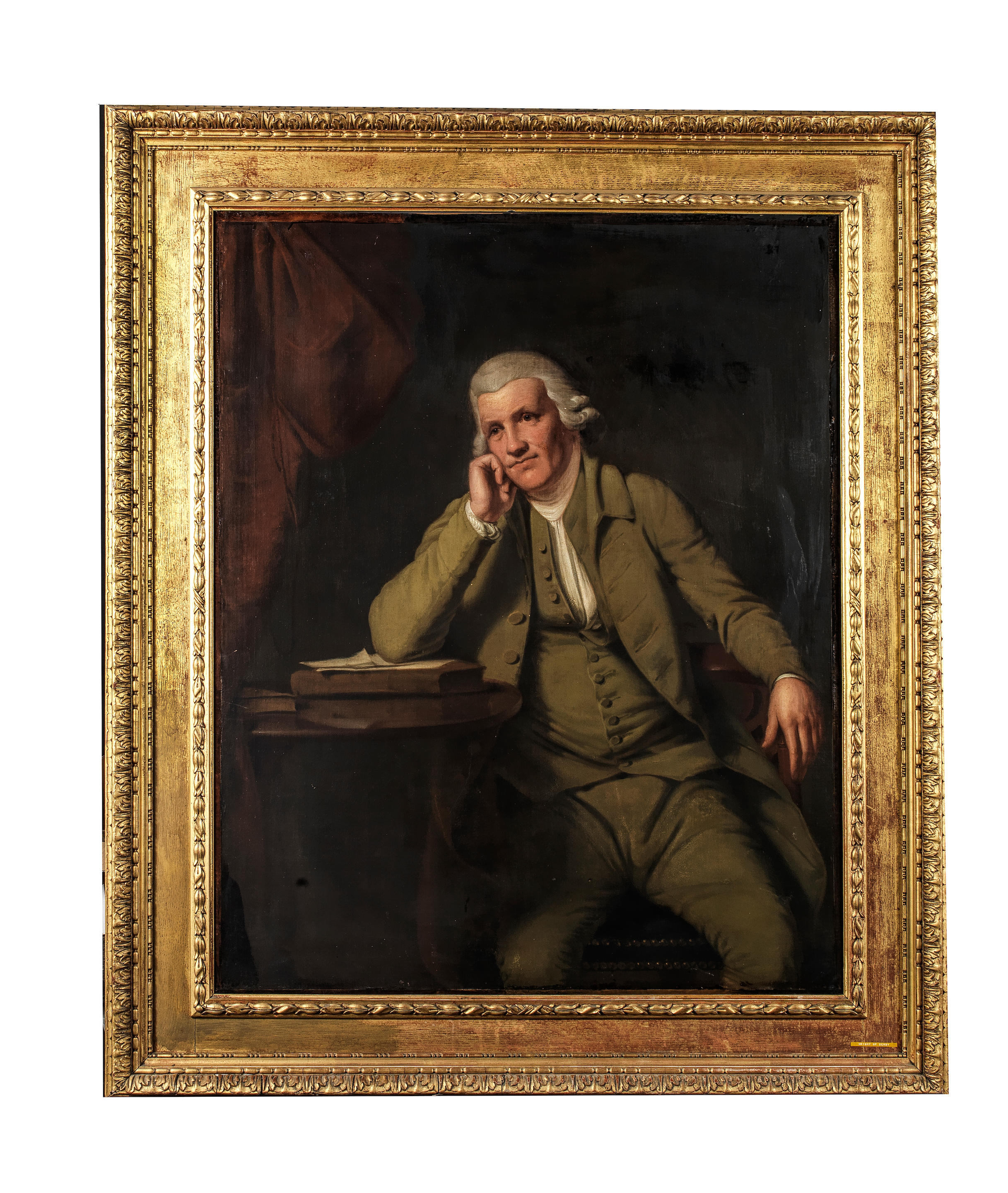
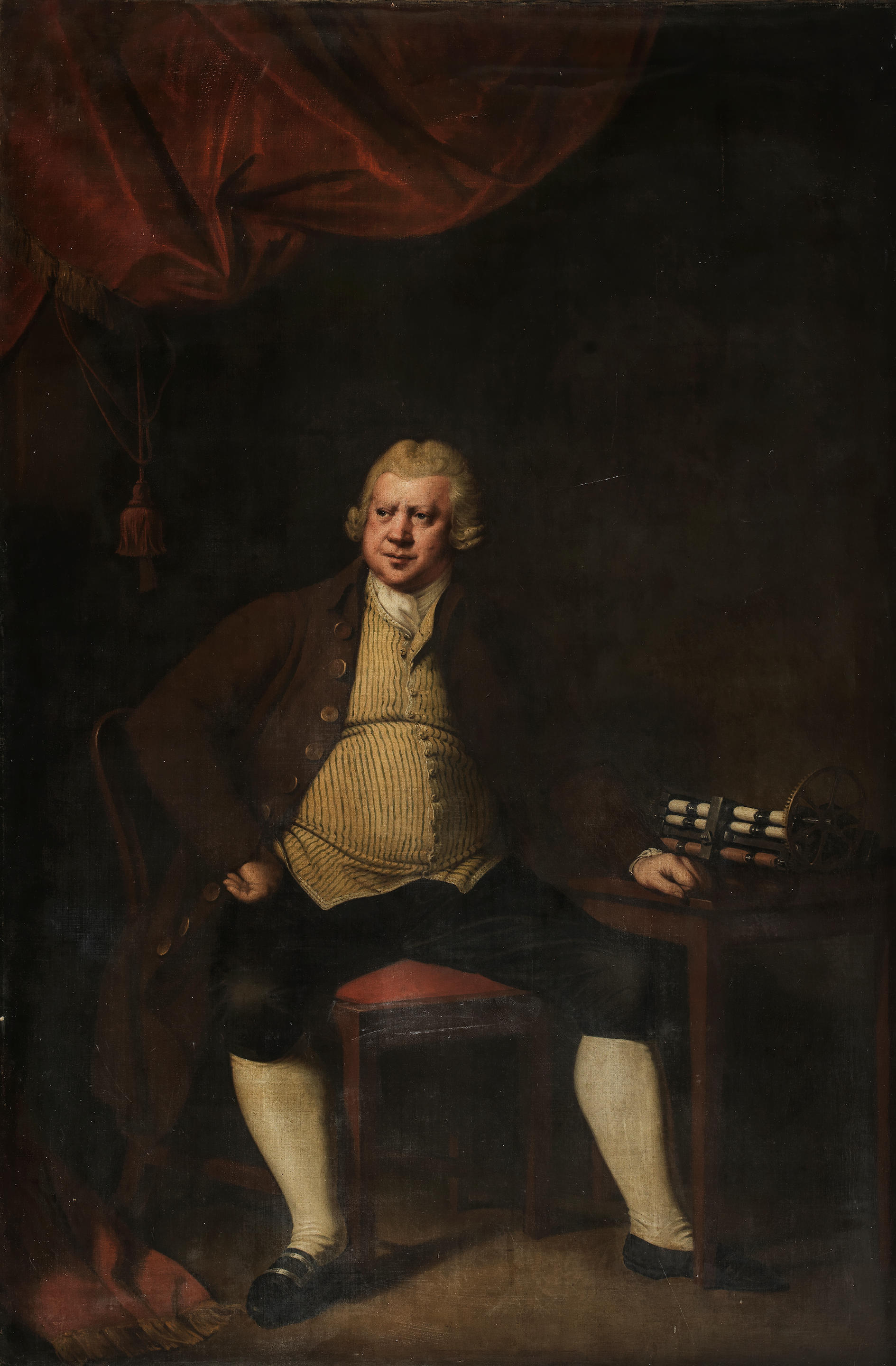


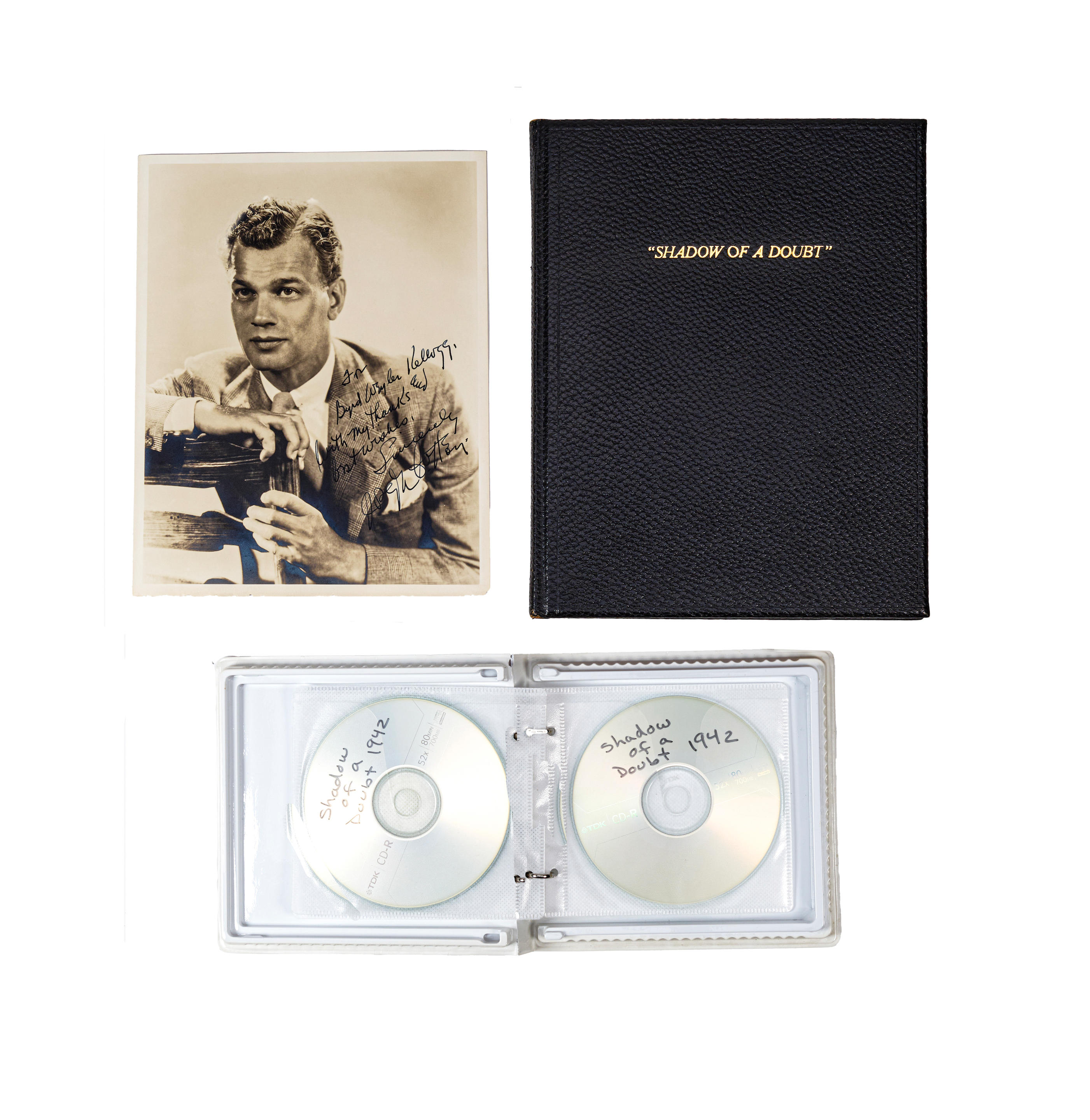
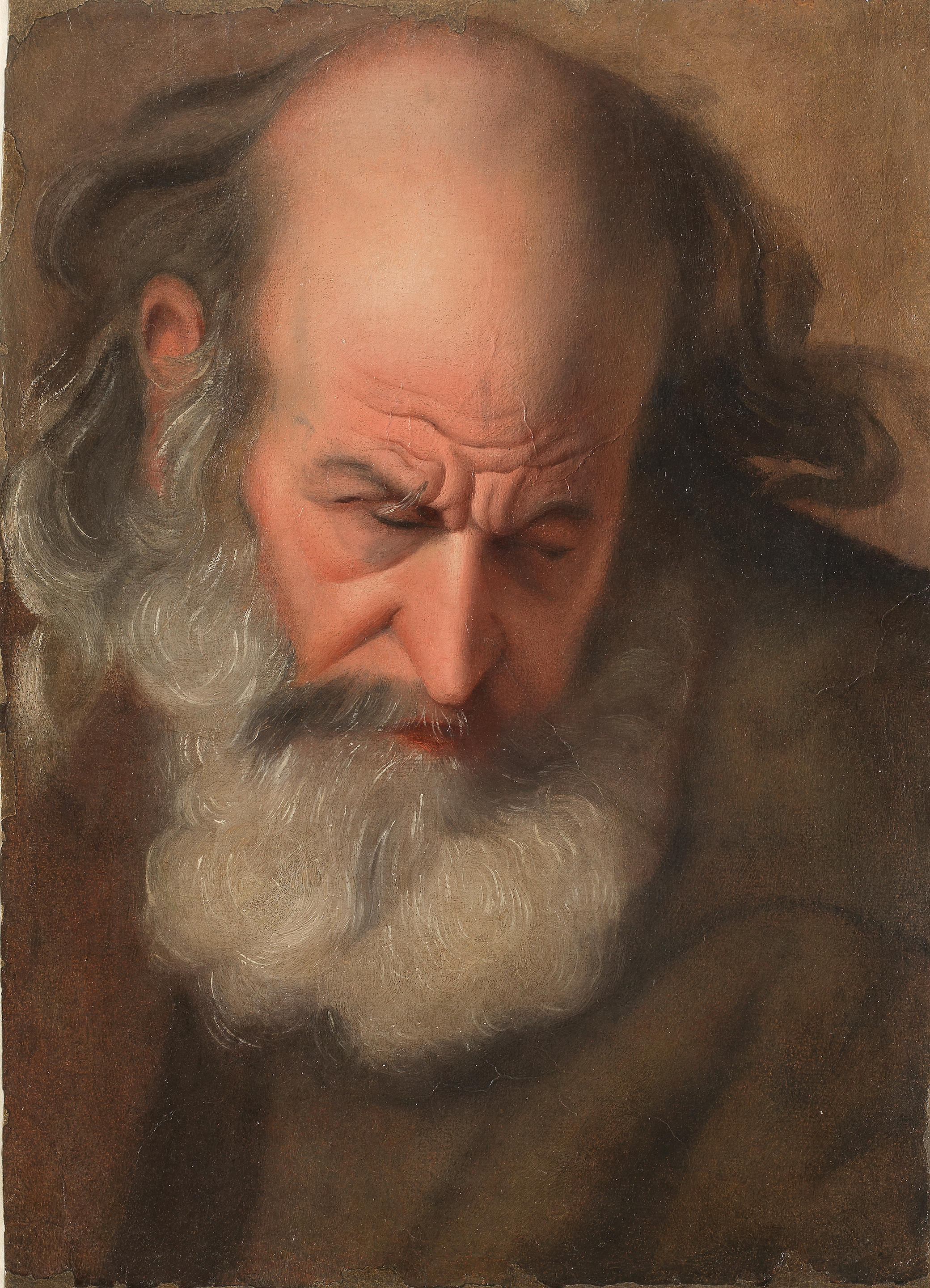





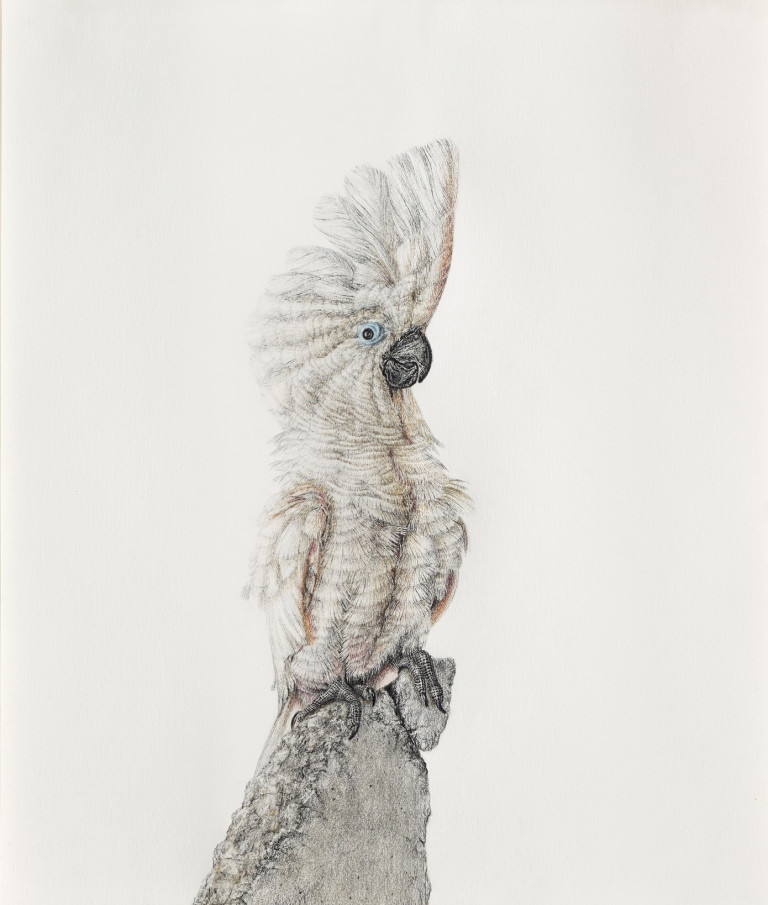


Try LotSearch and its premium features for 7 days - without any costs!
Be notified automatically about new items in upcoming auctions.
Create an alert